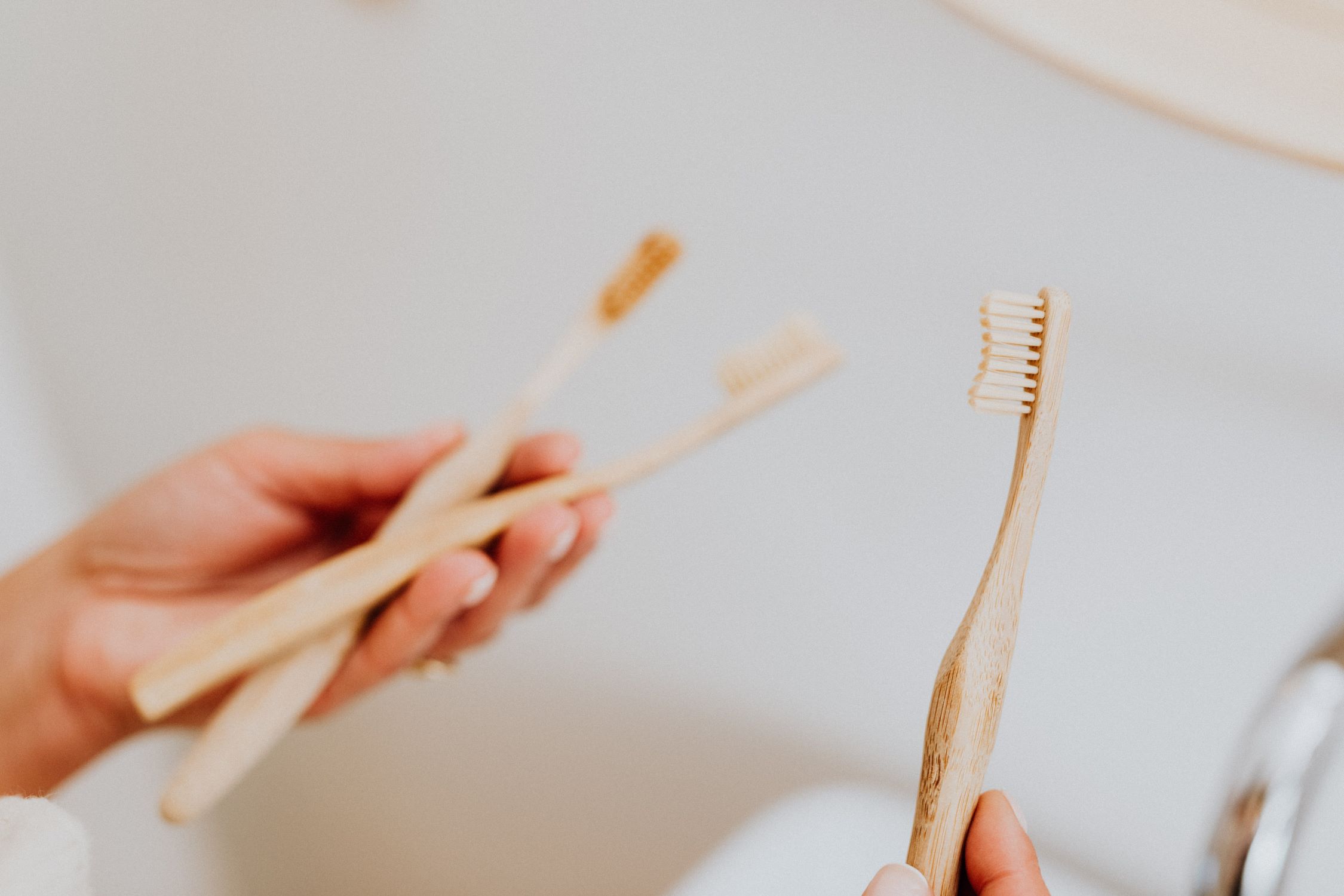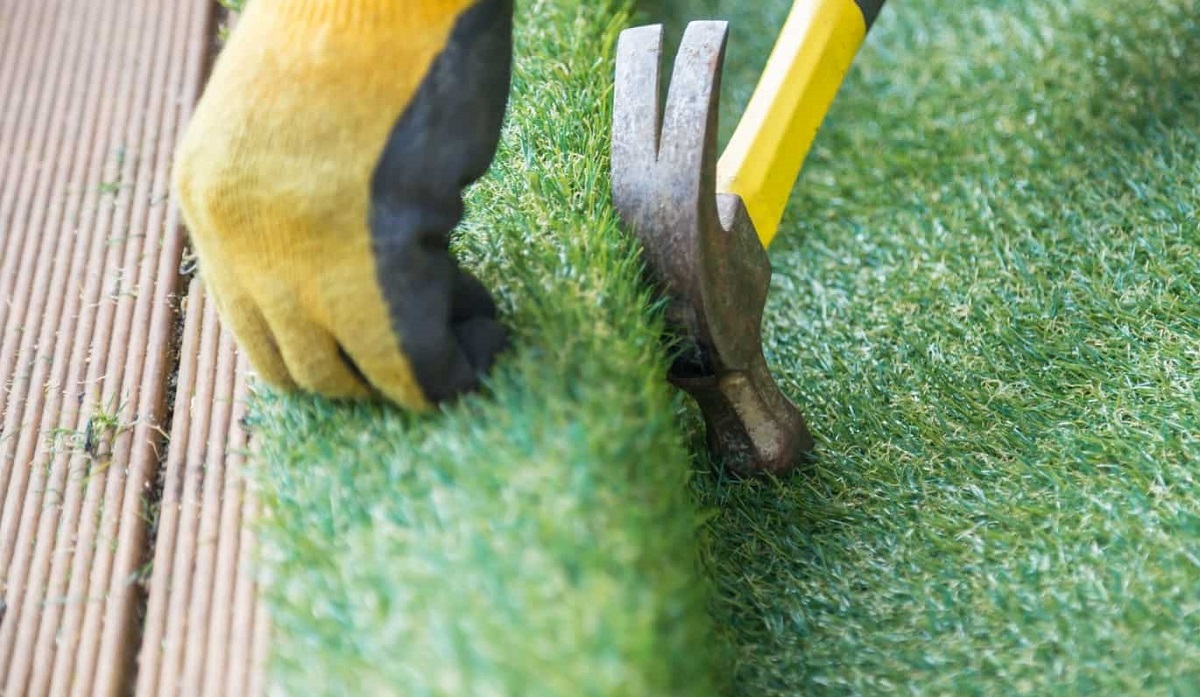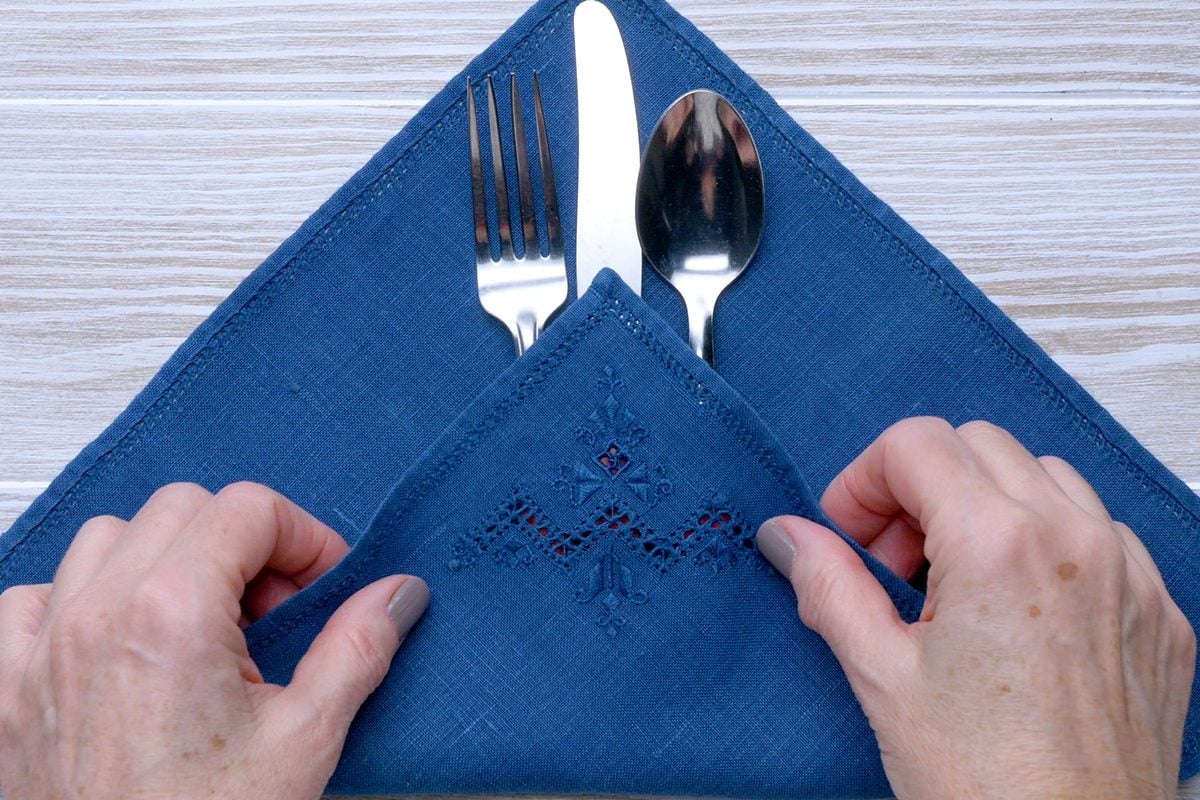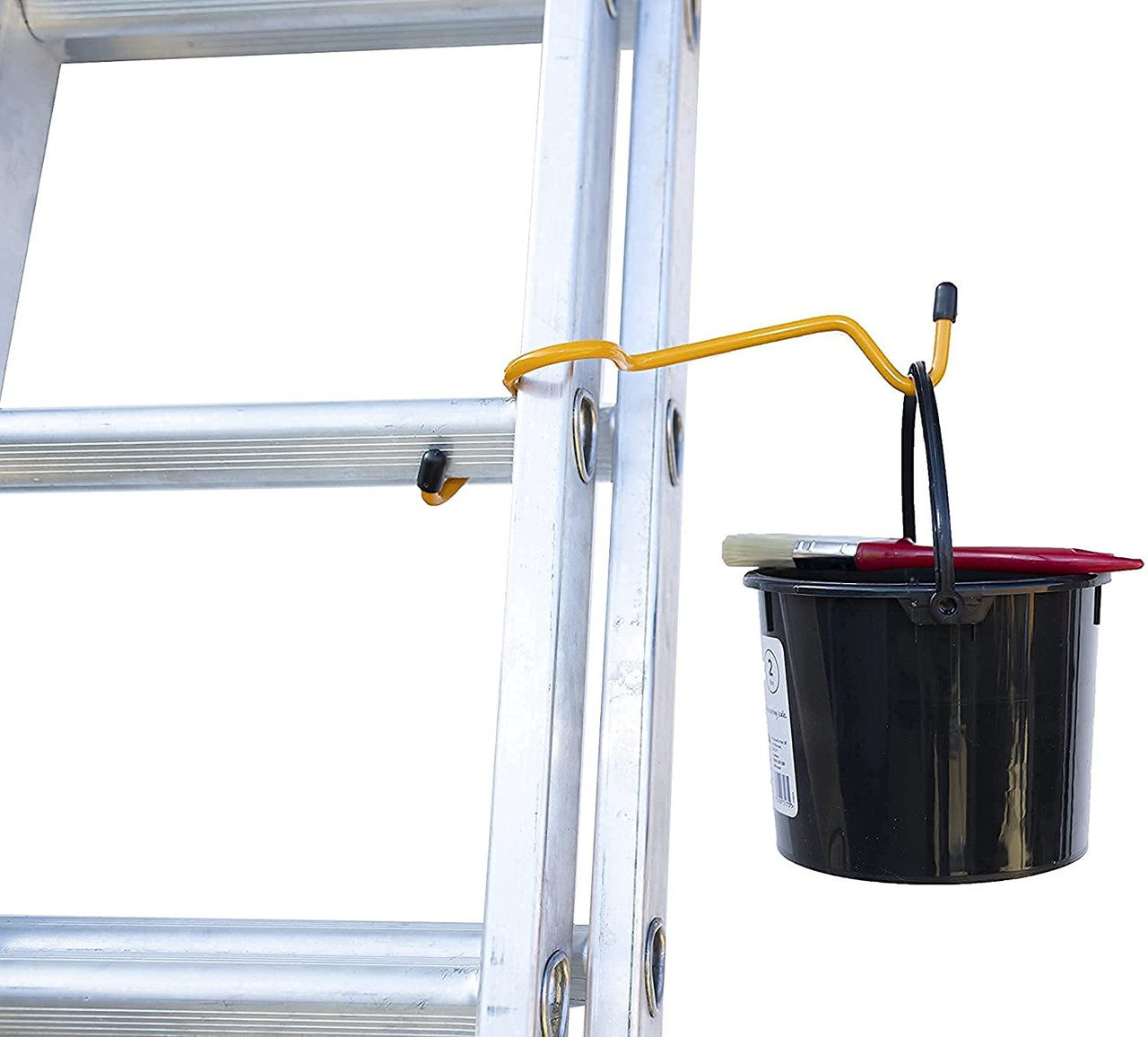Home>Furniture & Design>Bathroom Accessories>How To Hold A Toothbrush


Bathroom Accessories
How To Hold A Toothbrush
Modified: October 19, 2024
Learn the proper way to hold a toothbrush for effective oral hygiene. Find out more about bathroom accessories and dental care tips. Improve your brushing technique today!
(Many of the links in this article redirect to a specific reviewed product. Your purchase of these products through affiliate links helps to generate commission for Storables.com, at no extra cost. Learn more)
Introduction
Proper toothbrushing is a fundamental aspect of maintaining good oral hygiene. The way you hold your toothbrush and the technique you use can significantly impact the effectiveness of your oral care routine. Whether you are a seasoned brusher or just starting out, understanding the correct way to hold a toothbrush is essential for achieving optimal results.
In this comprehensive guide, we will delve into the intricacies of holding a toothbrush, covering everything from selecting the right toothbrush to mastering the brushing technique. By the end of this article, you will have gained valuable insights into the art of toothbrushing, empowering you to elevate your oral care routine to the next level.
Let's embark on this enlightening journey to discover the nuances of holding a toothbrush and unleash the full potential of your oral hygiene practices.
Key Takeaways:
- Mastering the art of holding a toothbrush involves choosing the right one and positioning your hand correctly. This ensures effective plaque removal and promotes a comfortable brushing experience.
- Properly placing the toothbrush in your mouth and using the correct brushing technique are essential for comprehensive cleaning and maintaining optimal oral health. Remember to rinse and store your toothbrush properly to keep it clean and effective.
Read more: How To Hold A Coupe Glass
Step 1: Choosing the Right Toothbrush
Selecting the right toothbrush is the foundational step in optimizing your oral care routine. With a myriad of options available in the market, it's crucial to consider certain factors to ensure that your toothbrush aligns with your specific dental needs.
Bristle Type
The bristles of a toothbrush come in various types, including soft, medium, and hard. Dentists generally recommend opting for a toothbrush with soft bristles, as they are gentle on the gums and tooth enamel. Soft bristles effectively remove plaque and debris without causing damage, making them suitable for most individuals, including those with sensitive teeth or gum recession.
Head Size
The size of the toothbrush head plays a pivotal role in reaching all areas of the mouth, including the back molars and behind the wisdom teeth. A smaller head size facilitates better maneuverability, allowing for thorough cleaning, especially in hard-to-reach areas.
Handle Design
The design of the toothbrush handle significantly impacts the overall brushing experience. Whether you prefer a straight or angled handle, it's essential to choose a toothbrush that feels comfortable and provides a secure grip. Additionally, some handles feature ergonomic designs or rubber grips, enhancing control and reducing hand fatigue during brushing.
Read more: How To Hold Wine Glasses
Powered or Manual
When it comes to toothbrushes, you have the option to choose between manual and powered (electric) ones. Powered toothbrushes are equipped with oscillating or vibrating bristle heads, which can offer more effective plaque removal and enhanced convenience, especially for individuals with limited dexterity.
ADA Seal of Acceptance
To ensure the quality and safety of a toothbrush, look for the American Dental Association (ADA) Seal of Acceptance. This seal indicates that the toothbrush has undergone rigorous testing and meets the ADA's standards for safety and efficacy, providing assurance of its suitability for maintaining oral health.
By carefully considering these factors, you can make an informed decision when choosing the right toothbrush, setting the stage for an effective and comfortable brushing experience that promotes optimal oral health.
Step 2: Positioning Your Hand
The way you position your hand while holding a toothbrush can significantly impact the effectiveness of your brushing technique. Proper hand positioning not only ensures thorough cleaning but also minimizes strain on the hand and wrist, contributing to a comfortable and sustainable brushing experience.
Grip Technique
When it comes to holding a toothbrush, the grip technique plays a crucial role in facilitating precise movements and control during brushing. The most commonly recommended grip is the modified pen grasp, where the toothbrush is held like a pen or pencil. To achieve this grip, place the handle between the thumb and the index finger, ensuring a secure and stable hold. This technique allows for precise maneuvering of the toothbrush, enabling targeted cleaning of specific areas within the mouth.
Read more: How To Hold Curtains Together
Hand Placement
In addition to the grip technique, the placement of the hand along the toothbrush handle is equally important. Position your hand in a way that allows for optimal reach and control. Placing the hand closer to the bristle end of the toothbrush provides better leverage and control over the brushing movements. This positioning enables you to apply the right amount of pressure while ensuring that the bristles effectively remove plaque and debris without causing discomfort or damage to the gums and teeth.
Wrist Angle
Maintaining the correct angle of the wrist is essential for achieving thorough cleaning during brushing. Angle your wrist slightly towards the teeth, ensuring that the bristles make proper contact with the tooth surfaces and gum line. This angle allows for efficient plaque removal and facilitates gentle massaging of the gums, promoting overall oral health.
Pressure Control
Proper hand positioning also contributes to effective pressure control during brushing. By positioning your hand closer to the bristle end and maintaining a stable grip, you can regulate the amount of pressure applied to the teeth and gums. This control is crucial in preventing excessive force, which can lead to gum recession and enamel erosion, while ensuring that adequate pressure is exerted for efficient plaque removal.
Adaptation to Individual Comfort
While the recommended grip and hand positioning techniques serve as valuable guidelines, it's important to adapt these practices to your individual comfort and dexterity. Experiment with different hand placements and grips to find the most comfortable and effective approach that suits your unique brushing style and hand anatomy.
By mastering the art of positioning your hand while holding a toothbrush, you can optimize your brushing technique, promote oral health, and elevate your overall brushing experience to a new level of effectiveness and comfort.
Read more: How To Hold A Champagne Glass
Step 3: Placing the Toothbrush in Your Mouth
Placing the toothbrush in your mouth may seem like a straightforward task, but the way you position the toothbrush and angle the bristles can significantly impact the thoroughness of your brushing. Proper placement sets the stage for effective plaque removal and ensures that all tooth surfaces and the gum line receive adequate attention during brushing.
Positioning the Bristles
When placing the toothbrush in your mouth, position the bristles at a 45-degree angle to the gum line. This angle allows the bristles to effectively reach beneath the gum line, targeting the area where plaque tends to accumulate. By angling the bristles in this manner, you can ensure comprehensive cleaning and minimize the risk of plaque buildup, which can lead to gum disease and tooth decay if not addressed.
Covering Tooth Surfaces
As you position the toothbrush, ensure that the bristles adequately cover the surfaces of the teeth. This includes the front, back, and chewing surfaces of each tooth. By systematically covering all tooth surfaces, you can effectively remove plaque and food particles, reducing the risk of cavities and maintaining a clean and healthy oral environment.
Gentle Pressure Application
While placing the toothbrush in your mouth, apply gentle pressure to ensure that the bristles make proper contact with the teeth and gums. Avoid excessive force, as aggressive brushing can lead to gum recession and enamel erosion over time. By maintaining gentle pressure, you can effectively remove plaque while safeguarding the health of your gums and tooth enamel.
Read more: How To Hold A Martini Glass
Reaching the Back Teeth
When placing the toothbrush in your mouth, pay special attention to reaching the back teeth, including the molars and wisdom teeth. These areas are often overlooked but are prone to plaque accumulation due to their location. By consciously positioning the toothbrush to reach these areas, you can ensure that all parts of your mouth receive thorough cleaning, reducing the risk of decay and promoting overall oral health.
Adaptation to Individual Mouth Structure
It's important to adapt the placement of the toothbrush to accommodate the unique structure of your mouth. This may involve adjusting the angle and position of the bristles to effectively reach all areas, especially if you have dental appliances or specific oral conditions that require extra attention. By customizing the placement of the toothbrush to suit your individual mouth structure, you can maximize the effectiveness of your brushing routine.
By paying attention to the nuances of placing the toothbrush in your mouth, you can elevate the thoroughness of your brushing, promote optimal oral health, and lay the foundation for a comprehensive oral care routine.
Step 4: Brushing Technique
Mastering the brushing technique is essential for achieving thorough plaque removal and maintaining optimal oral health. The way you maneuver the toothbrush within your mouth directly impacts the effectiveness of your brushing routine. By understanding and implementing the correct brushing technique, you can ensure that all tooth surfaces and the gum line receive the attention they need for a clean and healthy mouth.
Circular Motion
When brushing your teeth, employ a gentle circular motion to effectively dislodge plaque and food particles from the tooth surfaces. This technique allows the bristles to access hard-to-reach areas and ensures comprehensive cleaning. By moving the toothbrush in small, circular motions, you can cover each tooth surface while massaging the gums, promoting circulation and overall gum health.
Read more: How To Hold Rugs In Place
Individual Tooth Focus
Focus on each tooth individually to ensure thorough cleaning. Direct the bristles towards the gum line and make small circular motions to remove plaque and debris. Pay special attention to the junction where the teeth meet the gums, as this area is prone to plaque accumulation and requires meticulous cleaning to prevent gum disease and inflammation.
Proper Timing
Maintain a consistent brushing time of at least two minutes to allow for adequate plaque removal and cleaning. Dividing the mouth into quadrants and spending approximately 30 seconds on each section can help ensure that all areas receive equal attention. Additionally, consider using a timer or a toothbrush with a built-in timer to facilitate adherence to the recommended brushing duration.
Gentle Pressure
Apply gentle pressure while brushing to avoid causing damage to the gums and tooth enamel. Excessive force can lead to gum recession and enamel erosion over time. By maintaining a light touch and allowing the bristles to do the work, you can effectively remove plaque while safeguarding the overall health of your teeth and gums.
Tongue and Roof of Mouth
In addition to brushing the teeth, don't forget to gently brush the tongue and the roof of the mouth to remove bacteria and freshen breath. These areas can harbor bacteria and food particles, contributing to bad breath and oral health issues if not addressed regularly.
Read more: How To Hold Insulation In Place
Adaptation to Dental Appliances
If you have dental appliances such as braces, retainers, or bridges, adapt your brushing technique to accommodate these structures. Pay extra attention to cleaning around and beneath the appliances to prevent plaque buildup and maintain oral hygiene. Consider using specialized brushes or interdental cleaners to effectively clean around dental appliances.
By incorporating these brushing techniques into your oral care routine, you can elevate the effectiveness of your brushing, promote optimal oral health, and lay the foundation for a comprehensive and thorough cleaning experience.
Step 5: Rinsing and Storing the Toothbrush
After completing the brushing process, proper rinsing and storage of the toothbrush are essential to maintain its cleanliness and efficacy. By following the appropriate steps for rinsing and storing your toothbrush, you can ensure that it remains free from bacteria and debris, promoting optimal oral hygiene.
Rinsing Technique
Thoroughly rinse the toothbrush under running water to remove any remaining toothpaste, food particles, and saliva. Gently rub the bristles with your fingers to dislodge any trapped debris, ensuring that the bristles are completely clean. Proper rinsing helps prevent the accumulation of bacteria and residue on the toothbrush, promoting a hygienic brushing experience.
Shake Off Excess Water
After rinsing, shake the toothbrush vigorously to remove excess water from the bristles. This step helps prevent the growth of bacteria in moist environments, ensuring that the toothbrush remains dry and clean between uses.
Read more: How To Hold A Cocktail Glass
Air-Drying
Place the toothbrush in an upright position in a well-ventilated area to allow for air-drying. Avoid storing the toothbrush in closed containers or covers immediately after use, as this can create a damp environment conducive to bacterial growth. Allowing the toothbrush to air-dry thoroughly between uses helps maintain its cleanliness and prevents the proliferation of harmful microorganisms.
Storing the Toothbrush
Store the toothbrush in an upright position to facilitate proper air circulation and drying. Additionally, ensure that the toothbrush heads do not come into contact with each other when stored, as this can lead to cross-contamination. Consider using individual toothbrush holders or stands to keep each toothbrush separate and adequately ventilated.
Avoiding Contaminants
Keep the toothbrush away from the toilet area to prevent contamination from airborne particles generated during flushing. Store the toothbrush in a separate area, ideally in a medicine cabinet or a designated storage rack, to minimize exposure to potential contaminants.
Regular Replacement
Monitor the condition of the toothbrush bristles and replace the toothbrush approximately every three to four months, or sooner if the bristles show signs of wear. Regular replacement ensures that the toothbrush remains effective in removing plaque and debris, contributing to a consistent and thorough oral care routine.
By adhering to these guidelines for rinsing and storing your toothbrush, you can maintain its cleanliness and efficacy, promoting optimal oral hygiene and safeguarding your overall oral health.
Read more: How To Set The Nest Thermostat To Hold
Conclusion
Mastering the art of holding a toothbrush is a fundamental aspect of maintaining optimal oral hygiene. From choosing the right toothbrush to implementing proper brushing techniques and ensuring effective rinsing and storage, every step in the toothbrushing process plays a crucial role in promoting oral health.
By carefully selecting a toothbrush with the appropriate bristle type, head size, handle design, and ADA Seal of Acceptance, individuals can lay the foundation for a comfortable and effective brushing experience. The grip technique, hand placement, and wrist angle during toothbrushing significantly impact the thoroughness of plaque removal and contribute to a comfortable and sustainable brushing routine.
Properly placing the toothbrush in the mouth at a 45-degree angle to the gum line, covering all tooth surfaces, and applying gentle pressure ensures comprehensive cleaning and minimizes the risk of plaque buildup. Incorporating the correct brushing technique, including circular motions, individual tooth focus, and adequate brushing time, further enhances the effectiveness of the oral care routine.
Thorough rinsing, shaking off excess water, air-drying, and proper storage of the toothbrush are essential steps in maintaining its cleanliness and efficacy. By following these practices, individuals can minimize the risk of bacterial contamination and ensure a hygienic brushing experience.
In conclusion, the way we hold a toothbrush and the techniques we employ during brushing directly impact our oral health. By understanding and implementing the best practices for holding a toothbrush, individuals can elevate their oral care routine, promote optimal oral health, and contribute to a clean and healthy mouth. Embracing these insights and integrating them into daily oral care habits empowers individuals to embark on a journey towards a brighter, healthier smile and overall well-being.
Frequently Asked Questions about How To Hold A Toothbrush
Was this page helpful?
At Storables.com, we guarantee accurate and reliable information. Our content, validated by Expert Board Contributors, is crafted following stringent Editorial Policies. We're committed to providing you with well-researched, expert-backed insights for all your informational needs.








0 thoughts on “How To Hold A Toothbrush”